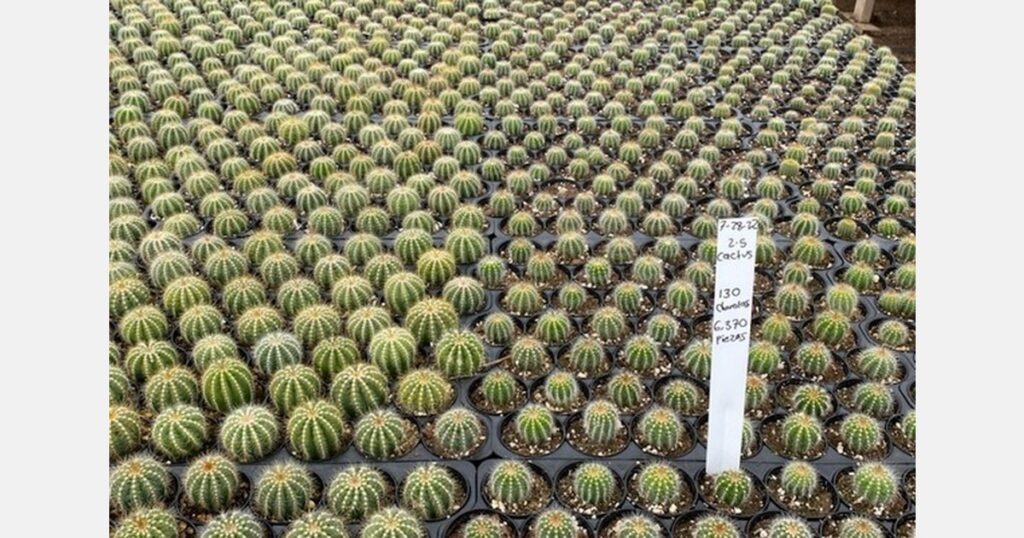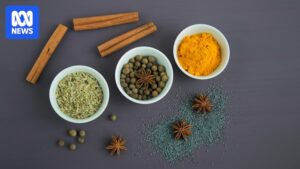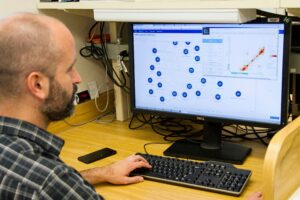
Trichoderma has emerged as a crucial ally for greenhouse growers seeking to manage root diseases and enhance plant health. However, not all Trichoderma strains or microbial products are created equal. Dr. Michael Brownbridge, Senior Technical Services Manager at BioWorks Inc., delves into the science behind their microbial formulations, advising growers on optimizing their use within integrated plant health programs.
Understanding Targeted Strain Selection
Dr. Brownbridge emphasizes that not all Trichoderma strains are alike. “Different Trichoderma strains bring different tools to the table,” he explains. “It’s important not to generalize their capabilities. At BioWorks, we focus on strains that are highly competitive and well-studied.”
BioWorks’ products, such as RootShield WP and G, are based on Trichoderma harzianum strain T-22, while RootShield PLUS+ WP and G combine T-22 with Trichoderma virens strain G-41. “Each strain brings multiple modes of action to bear against pathogens, including competitive exclusion, direct antagonism, and induction of plant defenses,” notes Dr. Brownbridge. “In addition, T-22 can effectively parasitize soil-borne pathogens.”
“Both strains offer benefits beyond pathogen suppression, including their capacity to enhance nutrient uptake, root growth, and overall plant vigor.” – Dr. Michael Brownbridge
Compatibility Challenges and Solutions
A common challenge for growers using biologicals is compatibility with synthetic inputs. “We run extensive compatibility trials each year,” Dr. Brownbridge notes. “These include tests with fungicides, insecticides, PGRs, adjuvants, and sanitation products.”
The results are compiled in an interactive online compatibility tool, regularly updated and accessible on the BioWorks website. “Many synthetic fungicides are compatible,” he says, “but certain FRAC groups can negatively impact biocontrol organisms. That doesn’t mean they can’t be used together, just not at the same time.”
Dr. Brownbridge recommends applying incompatible materials separately, leaving a buffer of one to several days depending on the compound.
Shelf Life and Application Timing
Storage conditions significantly impact microbial viability. “We provide a detailed shelf-life guide that outlines expected product longevity under various temperature conditions. As a rule, avoid storing above 75°F (24°C) for extended periods,” advises Dr. Brownbridge.
Growers often inquire about reapplication intervals, especially for crops in inert media like rockwool. “There’s no one-size-fits-all reapplication schedule,” Dr. Brownbridge says. “It depends on the crop, substrate, environment, and disease pressure.”
“We advocate for lower rates with more frequent applications, rather than high rates with longer gaps.” – Dr. Michael Brownbridge
Formulation Improvements and Strategic Integration
Recent upgrades to BioWorks’ formulations reflect a focus on stabilizing spores, ensuring easy preparation, and preventing application issues. For instance, insoluble inerts were eliminated from the RootShield PLUS WP formulation, improving solubility and reducing the risk of clogging in drip and overhead systems.
Understanding how introduced microbes affect the native soil microbiome is complex. “Trichoderma tends to promote beneficial microbes like Bacillus and Pseudomonas, while suppressing pathogens like Rhizoctonia and Fusarium,” Dr. Brownbridge explains. “But these effects tend to be non-permanent and localized.”
Ultimately, microbial success hinges on strategic integration, not just product choice. “Biologicals are powerful tools, but they must be used thoughtfully,” Dr. Brownbridge advises. “That means understanding your crop, your system, and how microbial products fit into the bigger picture of plant health. We’re here to be partners in plant health.”
As the use of biologicals like Trichoderma continues to grow, the insights shared by experts like Dr. Brownbridge highlight the importance of informed and strategic application to maximize benefits and ensure sustainable plant health management.





